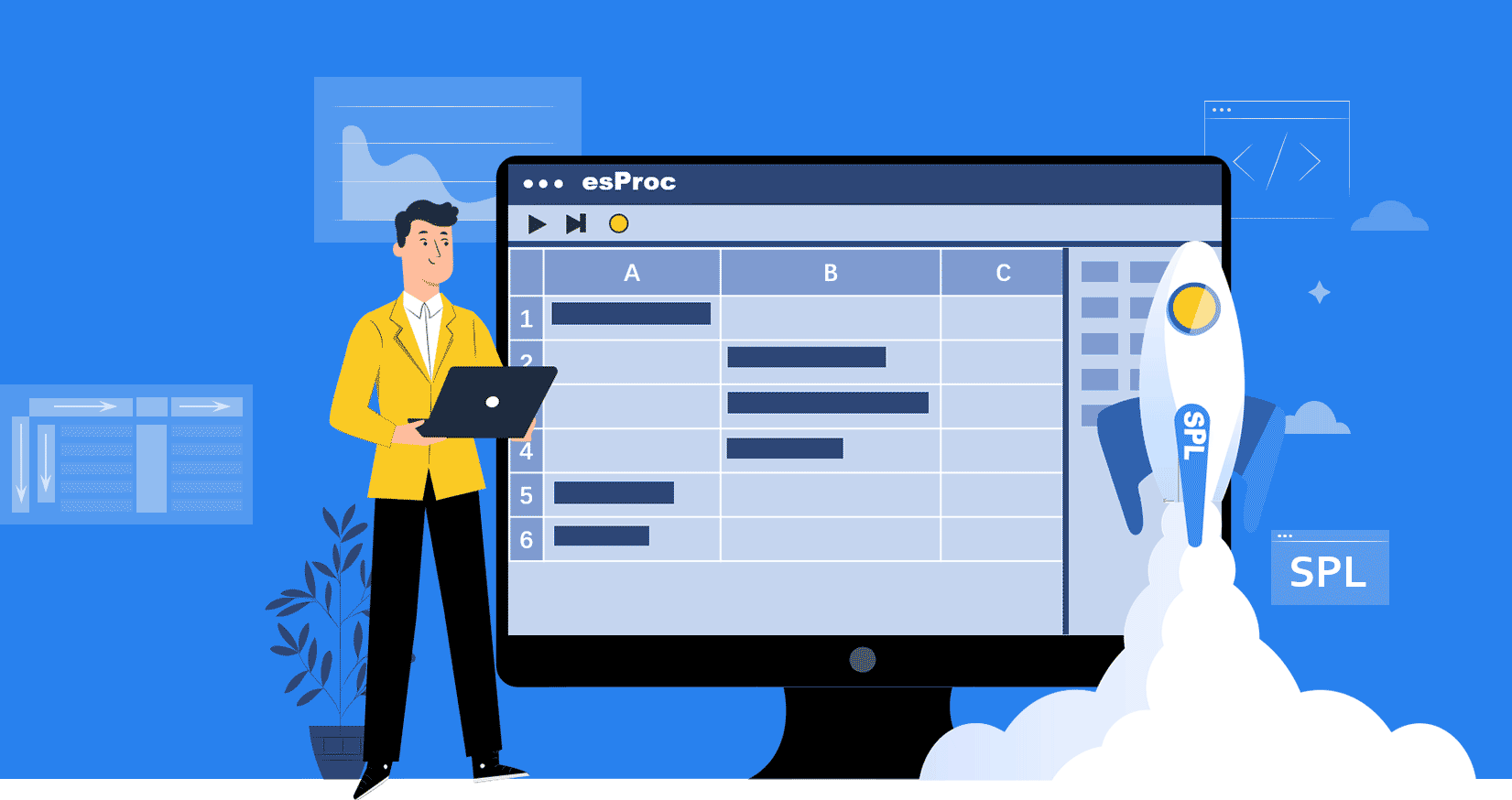Unlock lightning-fast queries
Transform hours of slow queries into minutes or seconds.
Achieving Peak Performance: esProc SPL Powered
Unleash esProc SPL's potential amplified by QDBase: Enjoy adaptable deployments, robust enterprise support, and a wealth of enhanced capabilities.
Turbocharge complex analytical insights without disrupting your existing infrastructure
Beyond traditional SQL: QDBase provides a specialized lane for rapid, scalable execution of complex queries.
Unlock value without disruption – integrate into your existing data landscape.
What is QDBase?
High-performance analytic database for structured and semi-structured data
4 advantages
Ultra Fast
Utilizing discrete datasets, achieve high performance compute with all the basic features of programming and can easily process extremely large datasets.
Code Less
Streamline Query Development: Spend less time coding, more time analyzing.
Datastore Agnostic
Source from multiple, mixed data sources such as MySQL, PostgreSQL, Mongo, JSON, CSV, etc. directly all at the same time.
Cost Efficient
Achieve Sky-High Performance at Groundbreaking Affordability: Break the mold of expensive high-performance solutions.
Unbearably Slow Query?
We want to know your slowest queries! Provide us with information about your slow performance and we'll help you speed it up by N times!
Additional Resources

